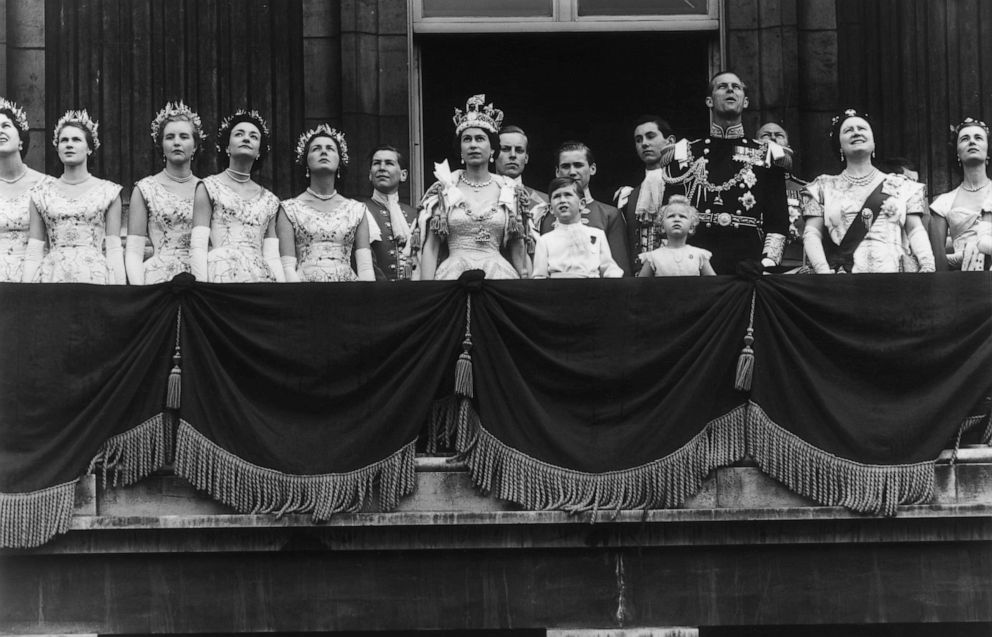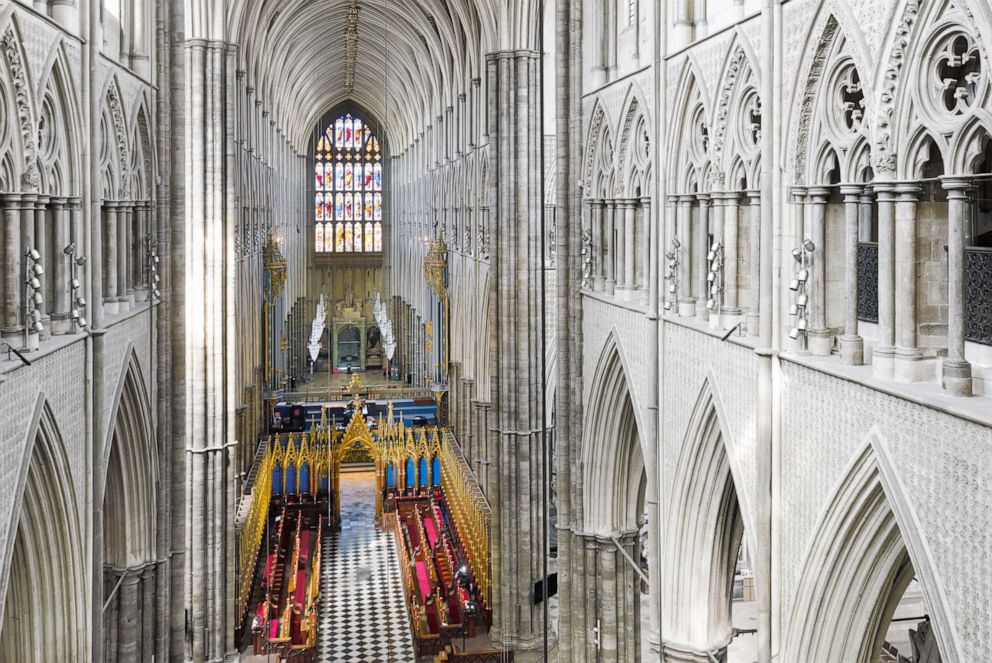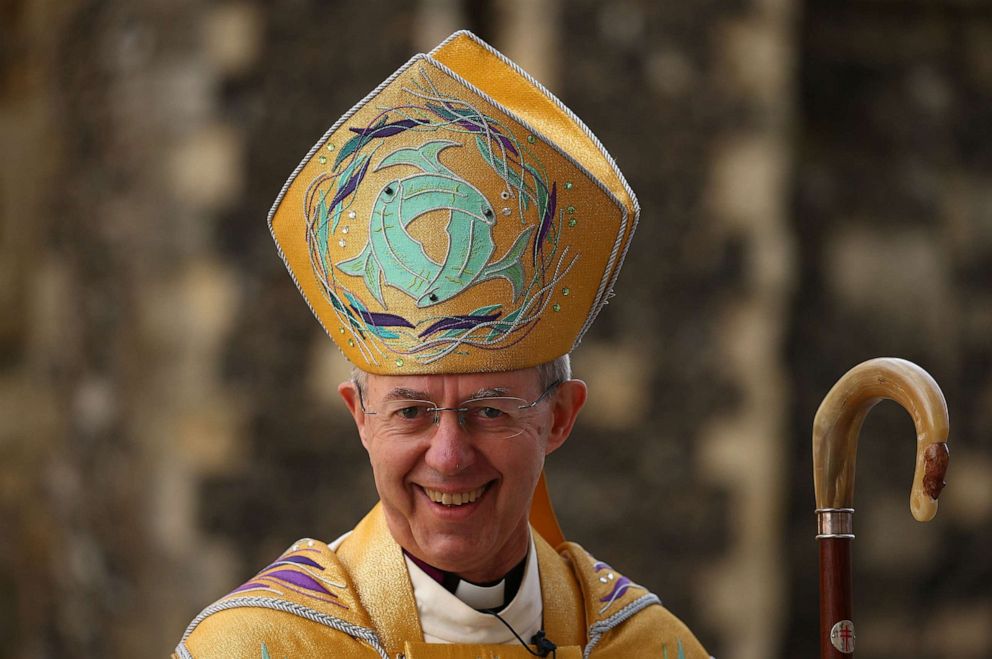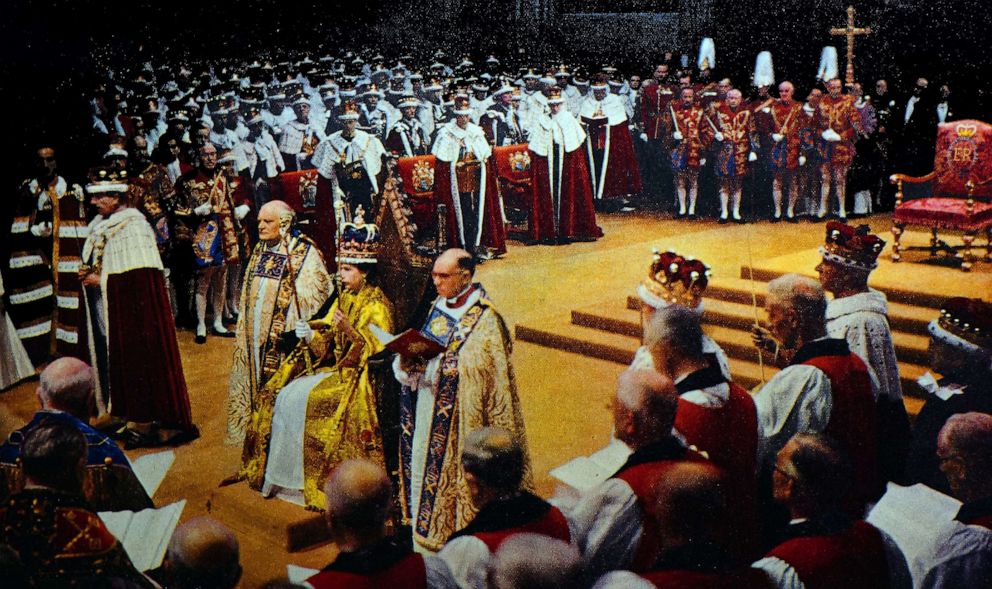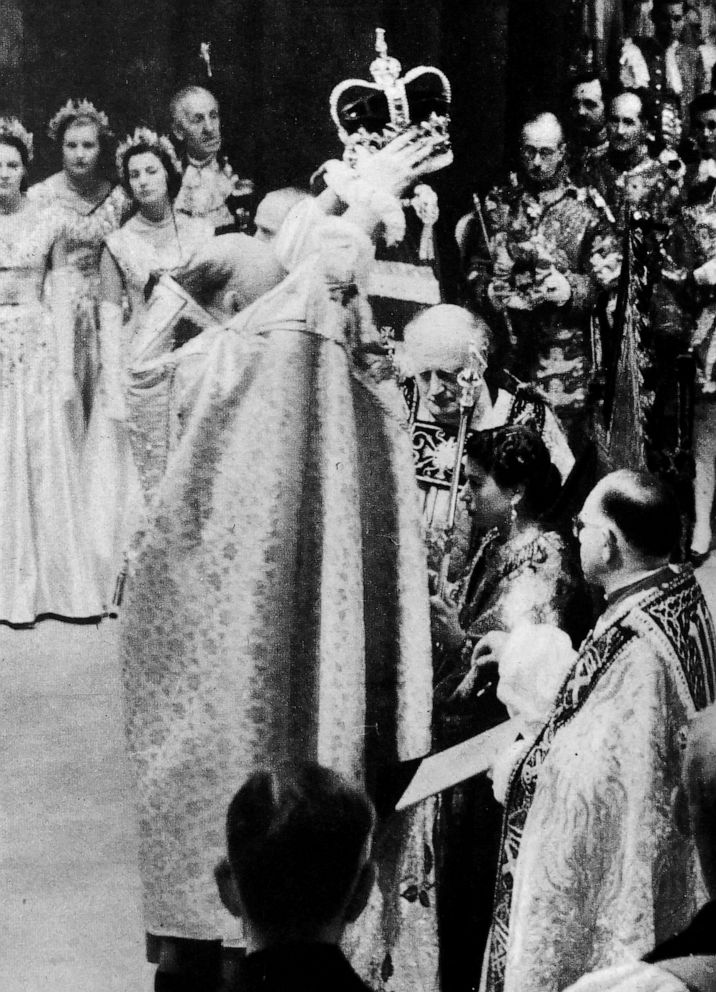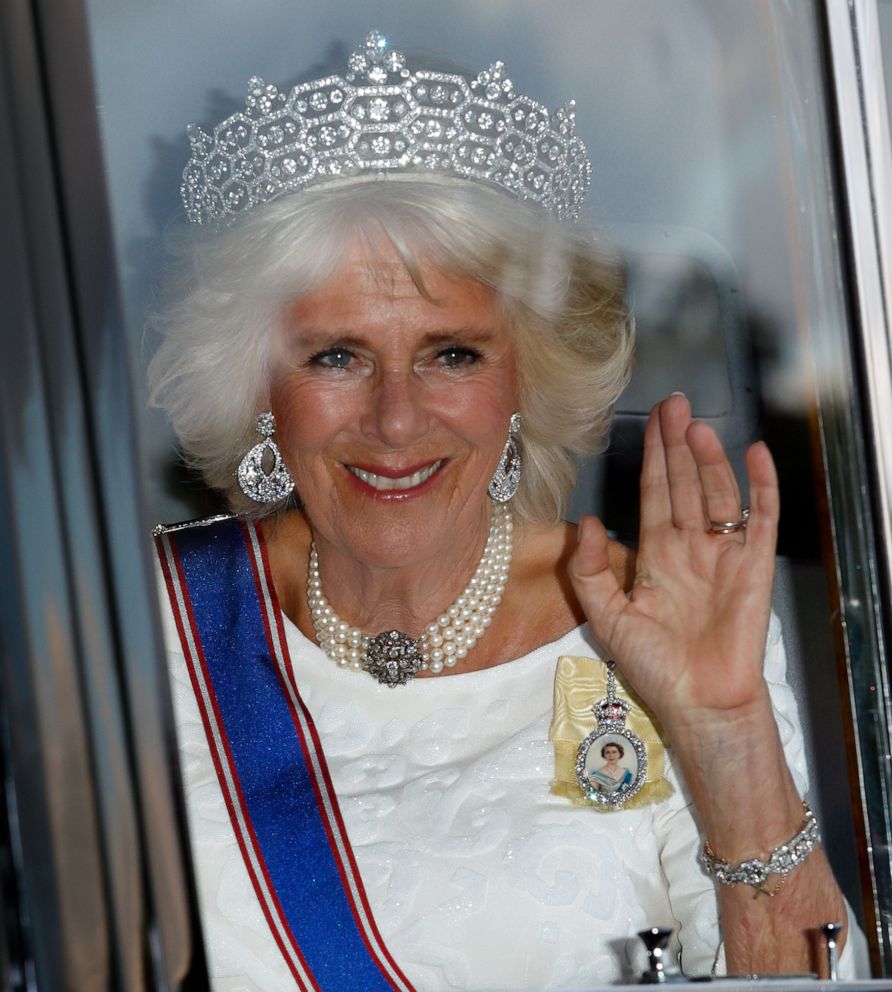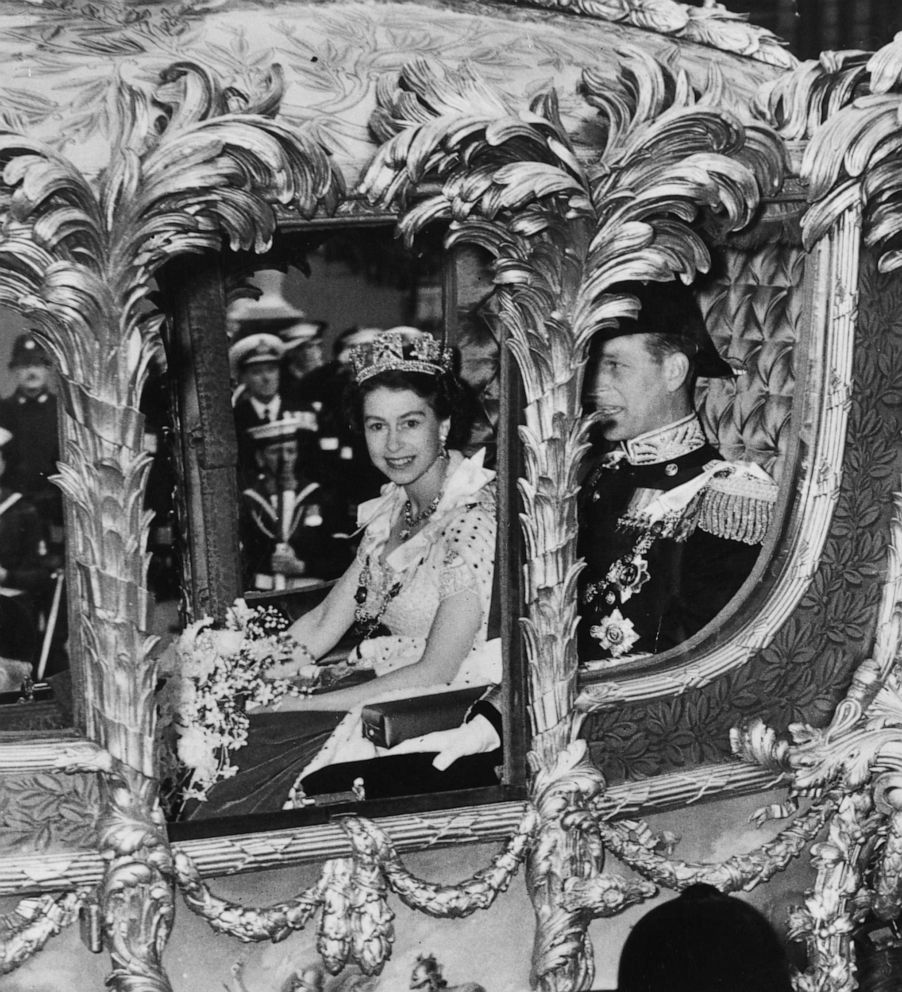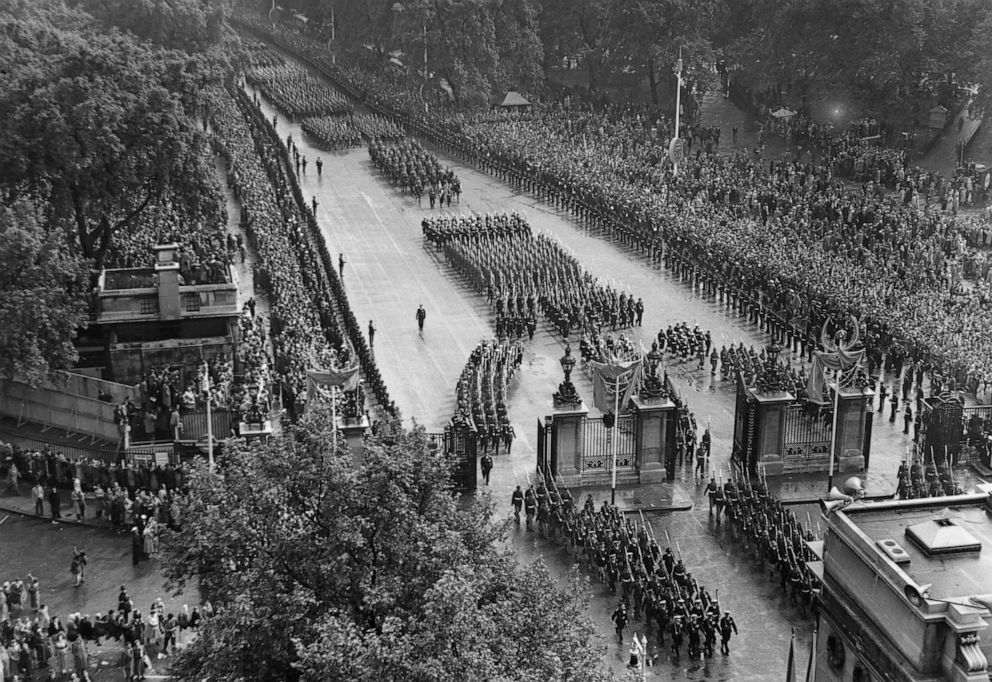King Charles III's coronation: What to expect, the traditions and symbolism explained
Charles will be the 40th monarch to be crowned at Westminster Abbey.

LONDON -- King Charles III's highly anticipated coronation will take place on Saturday, May 6, at Westminster Abbey, making him the 40th monarch to be crowned at the church.
William the Conqueror was the first to hold a coronation on Christmas Day in 1066. The most recent was Queen Elizabeth II on June 2, 1953. The Windsors are the only royal family in Europe that still holds coronations.
Although Charles immediately became king by law upon the death of his mother, the coronation is a "ceremony marking the formal investiture of a monarch with regal power," according to the royal family's website.
"The coronation will reflect the monarch's role today and look towards the future, while being rooted in longstanding traditions and pageantry," Buckingham Palace said in a statement earlier this year.
MORE: Watch moments from Queen Elizabeth's 1953 coronation day

What can we expect to see on Coronation Day? This is your guide to all of the traditions that take place.
What we can expect to see on Coronation Day
Like every coronation since 1066, it will be held in Westminster Abbey and will be conducted by the Archbishop of Canterbury -- the Church of England's most senior cleric.
The palace describes it as "a solemn religious service" and it acknowledges the king's role as both the head of state and head of the Church of England. The king is the Church's Supreme Governor.
Charles' wife, Queen Consort Camilla, will also be crowned. "The ceremony will see His Majesty King Charles III crowned alongside The Queen Consort," according to the palace.
WATCH: Camilla takes world stage as queen

Since the late 14th century, coronations have followed the instructions laid out in the Liber Regalis or "royal book," a medieval Latin manuscript that describes the order of service.
Alastair Bruce, ABC News royalty consultant and one of the U.K.'s leading experts on coronations, said there are five key stages to a coronation: the recognition, the coronation oath, the anointing, the investiture (which includes the crowning) and the homage.
The Recognition
During the recognition, the monarch is presented to his or her people. The archbishop of Canterbury is expected to proclaim King Charles "the undoubted King" and call on the attendees to support him. For the queen's coronation in 1953, the archbishop presented the queen to the east, south, west and north and each time people shouted "God Save Queen Elizabeth!" with trumpets sounding after each recognition.
The Coronation Oath
For this part of the service the archbishop of Canterbury asks three questions to the monarch. King Charles will place his hand on the Holy Bible and say, "The things which I have here before promised, I will perform and keep. So help me God." The king will then sign an oath, pledging to serve the people and rule according to law.
"This is the only time that a monarch signs a written obligation to his or her people," Bruce said.
The Anointing
Of all the coronation moments, Bruce said the anointing, or unction, is the most important.
"This is where the Archbishop of Canterbury makes a cross with holy oil on the royal forehead and elsewhere on the body to show that the monarch has been chosen by God," according to the Westminster Abbey website.
"This signals the conferment of God's grace upon a ruler," according to David Torrance, who wrote a paper on coronations for the House of Commons' Library.
For Queen Elizabeth II's coronation, the archbishop anointed her with these words: "Be thy head anointed with holy oil: as kings, priests, and prophets were anointed. And as Solomon was anointed king by Zadok the priest and Nathan the prophet, so be you anointed, blessed and consecrated Queen over the Peoples, whom the Lord thy God hath given thee to rule and govern."
This sacred moment was barred from the cameras. The queen was covered with a canopy so people couldn't see as the archbishop dabbed oil on her face, chest and hands.
Torrance noted that, according to a former dean of Westminster, "At its heart, the anointing of the Sovereign, and clothing with priestly garments that precede the coronation itself, resemble the ordination of a priest or the consecration of a bishop."
The anointing oil contains a mixture of orange flowers, roses, jasmine, cinnamon, musk, civet and ambergris.
London pharmacy John Bell and Croyden holds the "recipe and a sample of the famous anointing oil used when a new sovereign is crowned," according to its website. It displays a replica of the bottle of oil in its London shop. The actual oil is under lock and key.
"Richard II is given the words by Shakespeare that describe why an anointing is so important: 'Not all the water in the rough rude sea can wash the balm off from an anointed king,'" Bruce noted.
The Investiture
The monarch now puts on ceremonial clothing known as the Colobium Sindonis and the Supertunica, a full-length coat made of gold silk cloth.
Coronation regalia is presented to the king or queen and he or she will be invested with the coronation bracelets, known as armills, representing sincerity and wisdom, followed by the stole, the robe royal and the orb. The monarch is also presented with the coronation ring and the sceptre with the cross and the rod with the dove.
The Crowning
"The real key moment is the anointing but the visual moment is the crowning," said Bruce.
The Archbishop of Canterbury will slowly place the more than 400-year-old St Edward's Crown on the king's head. The St Edward's Crown weighs 4 pounds and 12 ounces and is made of solid gold. It is the centerpiece of the Crown Jewels. This is the only time the king will ever wear the St Edward's Crown.
It is sized to fit King Charles' head after it had "been removed from the Tower of London to allow for modification work" late last year, according to a palace statement.
At previous coronations it was at this moment, Bruce said, that the king's peers put on their coronets and the congregation shouts "God Save the King!" or "God Save the Queen!" and the guns at the Tower of London are fired.
Why do kings and queens wear crowns?
"It is to adorn the head that has been anointed with an earthly halo," said Bruce. "That's the concept of a crown."
And where they are crowned also has symbolism, according to Bruce. "We crown them on a tumulus, an old Saxon and Teutonic tradition where you raise the new king on the burial chamber of a previous king. The tumulus in Westminster Abbey is made up of principally of Edward the Confessor's Tomb," he explained.
The Homage
The king is then expected to move from the coronation chair up some steps to the throne for the final part of the ceremony, which is the homage. This is when the sovereign's subjects swear their allegiance. The homage is traditionally begun by the archbishop of Canterbury.
It remains to be seen who will pay homage to King Charles III at his coronation, or whether the traditional way of kneeling, kissing and touching the crown will take place.
The Queen Consort
The last time a Queen Consort was crowned was in 1937. Camilla will be crowned after the homage. "The queen is crowned at the will of the king," explained Bruce.
The king is expected to give a nod and then the queen will be crowned.
"It's traditional that the queen is anointed too," Bruce added, but the entire ceremony is much simpler and shorter than for a monarch.
Ending the service
Traditionally the king is expected to take Holy Communion and go into the shrine of St. Edward the Confessor, which is behind the high altar. He will put on the Imperial State Crown and purple velvet robe and emerge for the final procession through the Abbey carrying the orb and sceptre. The congregation will sing the National Anthem - "God Save the King."
The king will leave Westminster Abbey and start the procession back to Buckingham Palace. He is expected to travel in the Gold State Coach and he will have the orb and sceptre with him. After returning to Buckingham Palace, the newly crowned king and queen will appear on the balcony to greet the crowds.
The coronation service on Saturday, May 6, will be the focal point of a weekend of celebrations. There will also be a concert at Windsor Castle on the Sunday with the palace encouraging people to come together for a big lunch that same day and to volunteer in their communities on Monday, a holiday in the U.K.
"Their Majesties The King and The Queen Consort hope the Coronation Weekend will provide an opportunity to spend time and celebrate with friends, families and communities across the United Kingdom, the Realms and the Commonwealth," the palace announced in a statement.
